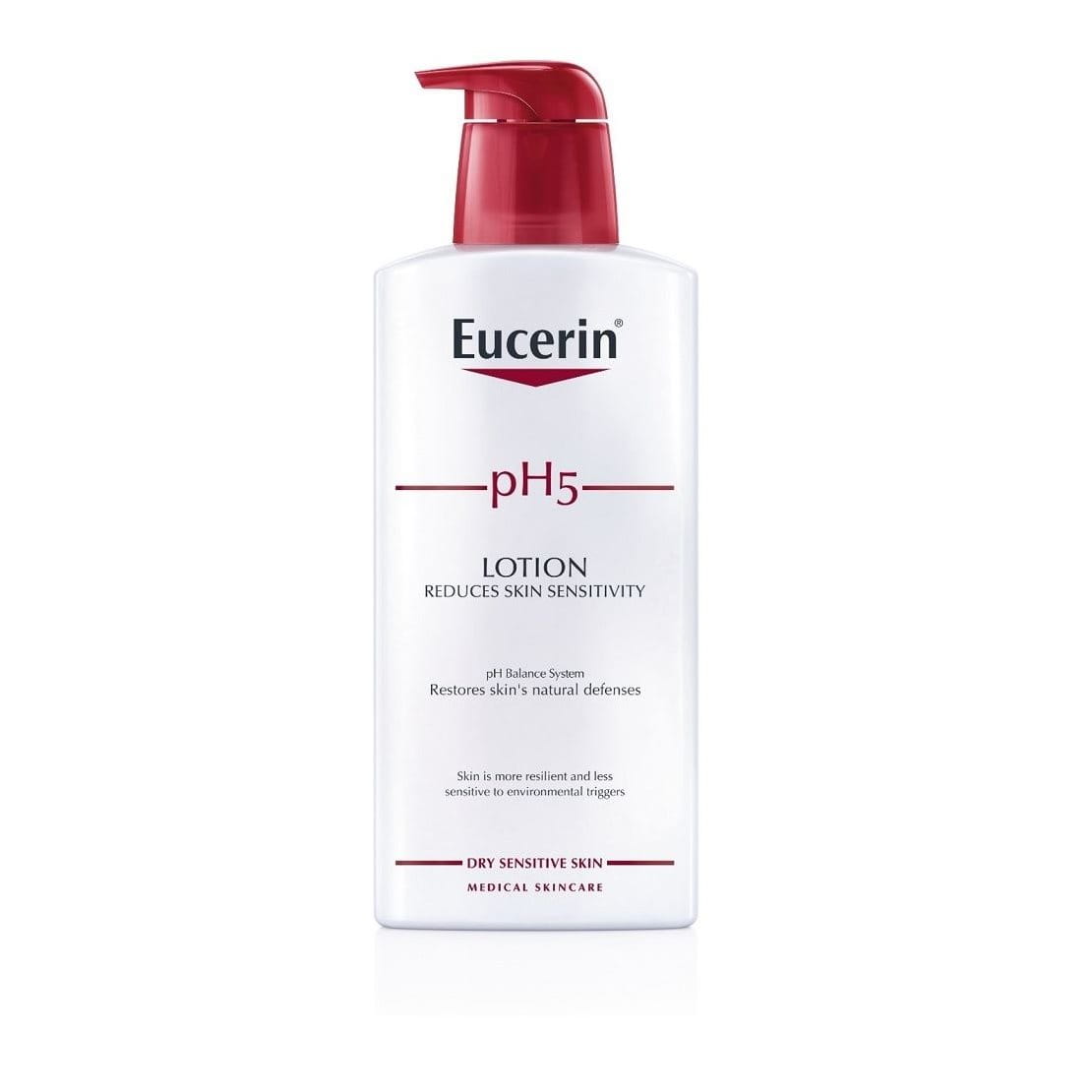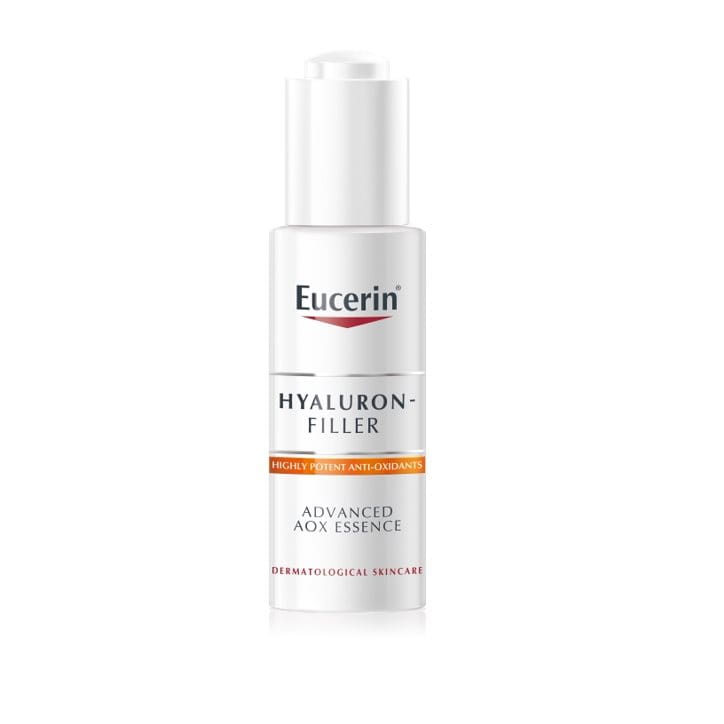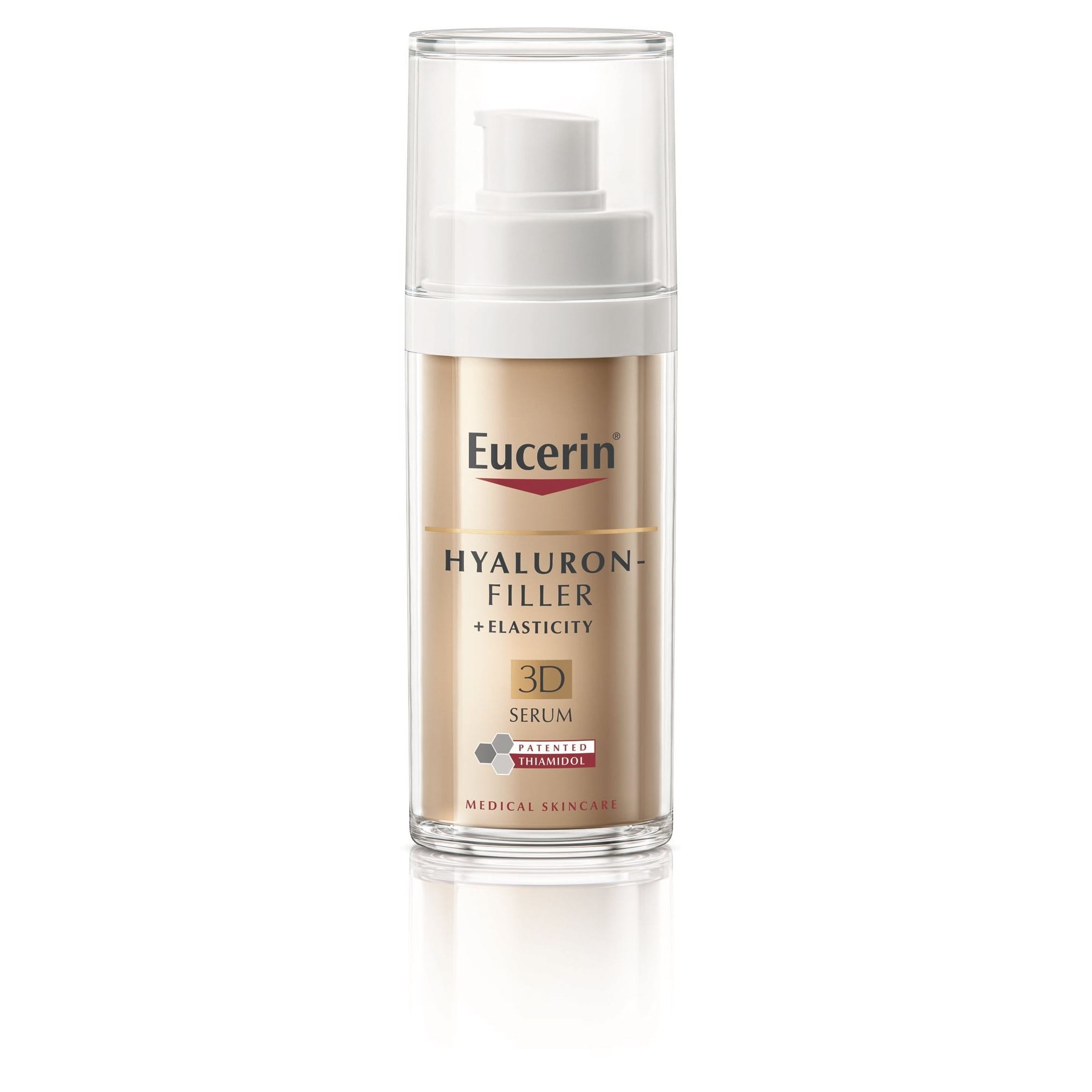For normal skin, Eucerin Extra Light Sun Lotion is available as SPF 30 and SPF 50 and is easily absorbed. It is also available as a sun spray as SPF 20 and SPF 50+.
For dry skin try Eucerin Sun Lotion Dry Skin SPF 30/50+ which has been clinically proved in patients with problematic dry skin conditions such as Atopic Dermatitis and diabetes mellitus-related dry skin.
For atopic skin try Eucerin Extra Light Sun Lotion, which has been clinically proven in patients with this skin condition.
For combination and acne prone skin Eucerin Sun Spray Transparent offers clinically tested, ultra-light protection, and is available in SPF 30 and SPF 50.
For allergy-prone skin there is Eucerin Allergy Protection Sun Crème-Gel, available as SPF 25 and SPF 50+. It is free from perfume and emulsifiers to minimise the risk of intolerance and has proved to be effective with people suffering sun allergies like PLE and acne aestivalis. Use in conjunction with Eucerin Allergy Protection After Sun Crème-Gel.
As well as sun protection, it is important to cool, soothe and moisturise skin after exposure to UV rays. All Eucerin body products should be used in combination with After Sun.
























